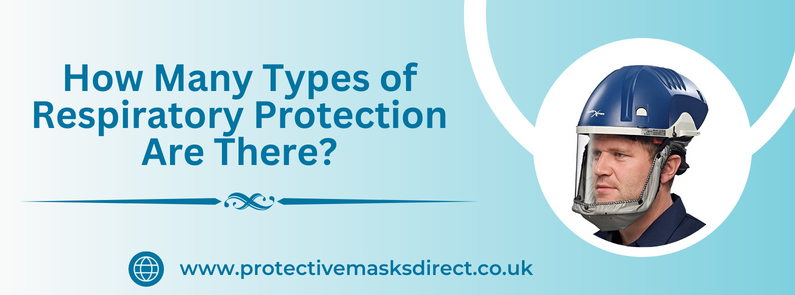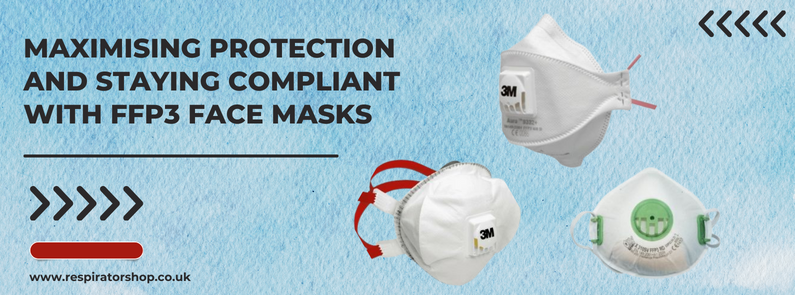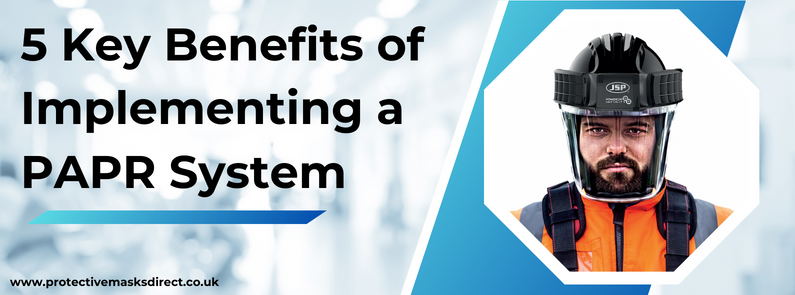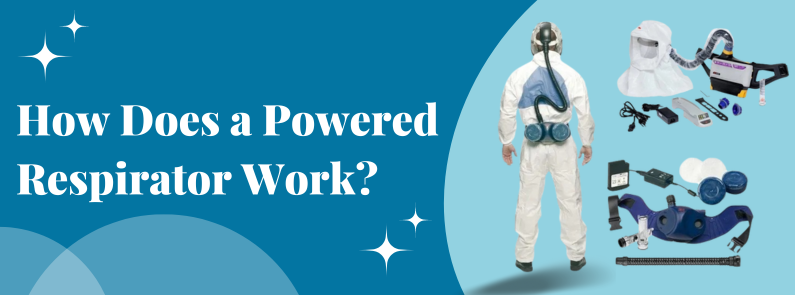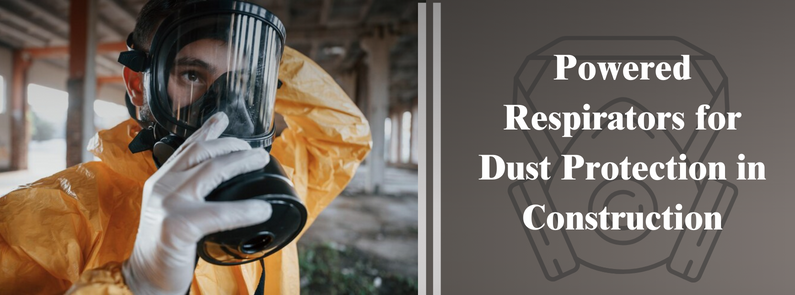
Are you worried about potential occupational hazards or illnesses at your workplace? Have you reviewed your workplace safety policies recently? Has the policy been revised for changes in workplace activities? Any workplace, whether it is a warehouse or an office, a construction site or a chemical laboratory will need safety regulations that are to be followed by both, employers and employees.
A productive work environment greatly depends on the safety and well-being of employees which can be achieved with a strong workplace safety policy. Workplace injuries and illnesses are numerous and in today’s uncertain times, workplace safety needs to be the number one priority across the globe.
This new year, how about resolving to ensure a safer work environment for everyone?
Here are some great New Year Resolutions you can make for health and safety for you and your employees.
1. Emphasis on Personal Hygiene
Most modern workplaces in any industry require human interaction, sometimes in closed spaces. Personal hygiene has to be a top priority in such situations, to avoid contamination and the spreading of disease and illness. This is most relevant in current times. Ensure a clean and hygienic workplace by emphasizing clean and hygienic practices in kitchens, washrooms, at employee workstations and common areas of the workplace. Since this could be a sensitive issue, gently stress the importance of using hand sanitizers and soaps to avoid the spread of illness and disease.
2. Awareness of Health and Safety Regulations
Every country has its mandatory employee health and safety regulations. Spread awareness about this at the workplace and ensure that employees follow best practices. This is paramount to avoid injuries and accidents and loss of precious working days. Regulations differ according to the type of industry. For instance, employees in the chemical and construction industry are required to wear protective equipment like ffp1 masks to guard against respiratory diseases, while health care employees are required to wear gloves, visors, gowns and half masks for protection against contagion.
3. Providing Personal Protective Equipment
In some industries, employees could come in contact with certain hazardous materials or be forced to work in a contaminated environment. Get a complete understanding of such situations and provide the appropriate personal protective equipment (PPE). A variety of PPE is available, specially designed for the protection of vital body parts like the eyes, skin, and respiratory organs. While half face masks can only protect respiratory organs, PPE like lens helmets guard against head injuries. Variations in masks are available depending on the intensity of protection. Ensure that the inventory is well-stocked with protective gear like dust masks, helmets, gloves, visors, ffp1 masks and medical gowns. Always check for damaged pieces and ensure timely replacements.
4. Know Your Surroundings
Awareness about the construction material used in buildings that house your workplace is also essential. While obvious sources of health hazards like toxic chemicals are easily identifiable there are some hidden sources that you could miss. For instance, some of the older buildings used construction materials like asbestos due to its strength, flexibility and durability. However, exposure to asbestos fibres in ill-maintained constructions could be highly toxic and may need safe removal using designated asbestos bags. Ensure that your inventory is well-stocked with this equipment if required.
5. Employee Training
It is not enough to make health and safety information accessible to employees. Ensure that there is compliance. Creating a culture of open communication regarding safety issues is a great way to do this. Train employees to be responsible for their safety. Help them understand the importance of using personal protective equipment like dust masks and protective gear like asbestos bags, gloves and helmets in hazardous work conditions. While gentle reminders do help, employee training plays a big role in reinforcing the need to comply. A little effort and time in training employees will go a long way in averting occupational accidents and illness.
Minimize Risks and Stay Safe
There never is a perfect formula to be completely risk-free. However, make sure you follow best practices and regulations for workplace safety to help mitigate accidents and injuries. While this does require walking that extra mile, a little precaution could prevent serious injuries, providing a safe and productive work environment.

